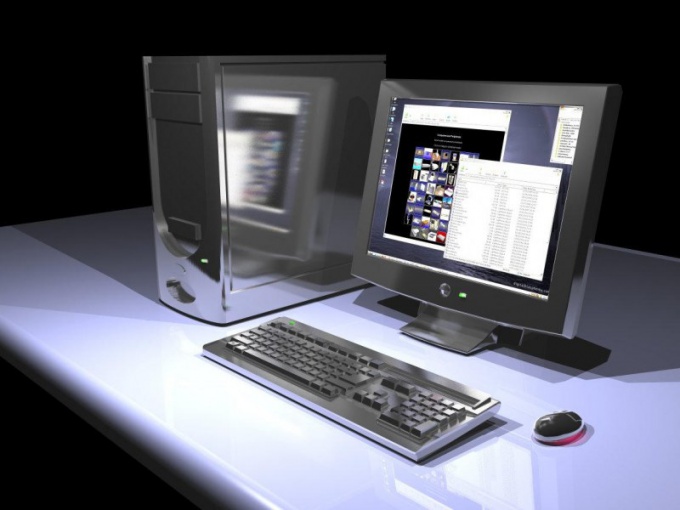BIOS setup
The BIOS provides the date settings and the system clock of the computer, the order of the boot devices (floppy drive, optical drive, hard drive, flash drive), as integrated in the motherboard hardware (enabled or disabled), the configuration of the periphery, which doesn't work in PnP mode, the acceleration or restore factory settings, etc. to view or change the settings, you need to go to BIOS menu. This is done while booting by pressing a certain key, usually Del, F2, F10 or Esc.
BIOS data stored in the volatile chip located on the motherboard. Chip called a ROM (permanent memory) and is powered by a round battery with a nominal voltage of 3V, also located on the motherboard.
Discharged battery may cause failure date/time and also problems with the loading of the operating system.
How do you know your BIOS version
If your computer has Windows XP, click start, enter consecutively "Programs", "Accessories", "Office" and select "system Information". The BIOS information is contained in the list of elements of the system in the right part of the window. There is another way. Press Win and R and type the command msinfo32.exe in the Open box.
On the computer that is running Windows 7, click the "start" button and in the search box type "system Information". In the window that opens will contain the necessary information.
Why update the BIOS
A BIOS upgrade is required if its settings do not support the new hardware; there is a conflict with software installed on the computer is the acceleration of computer; the virus has damaged the BIOS settings. For example, new firmware is needed, if the old motherboard does not see hard drives of large capacity or not finds the flash drive a bootable device.
If the computer is working fine, the BIOS should not be touched, since the slightest failure during flashing may result in malfunction of the computer.
How to update BIOS
New BIOS posted on the websites of the motherboard manufacturers along with instructions for the firmware. You need to determine the model of your motherboard. This can be done using the free programs CPU-Z or PC Wizard. It is highly desirable to connect the computer to an uninterruptible power supply because a power outage during flashing will lead to fatal consequences. Carefully read the instructions for the firmware posted on the website, and carefully follow them.
